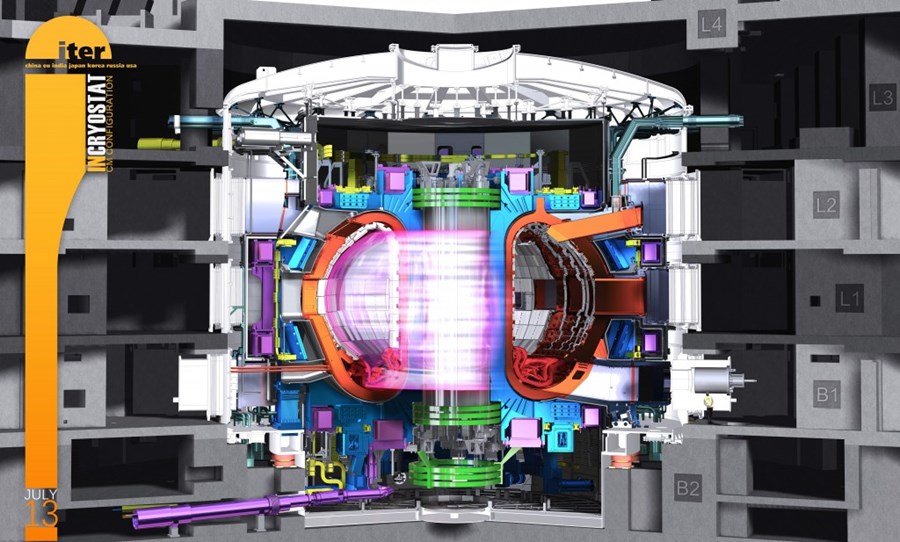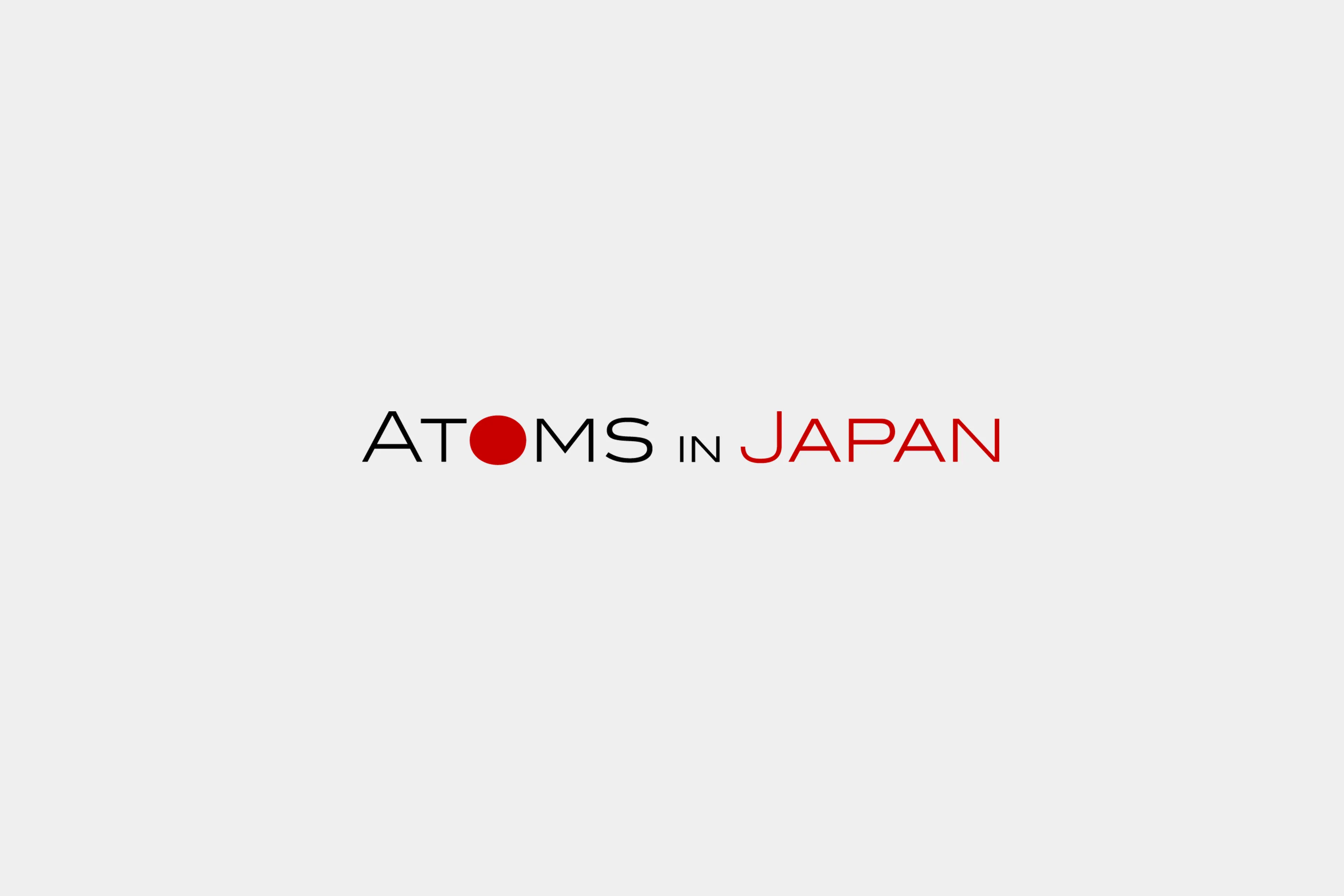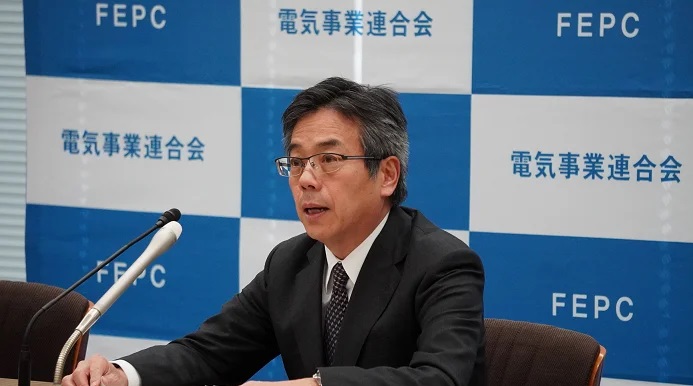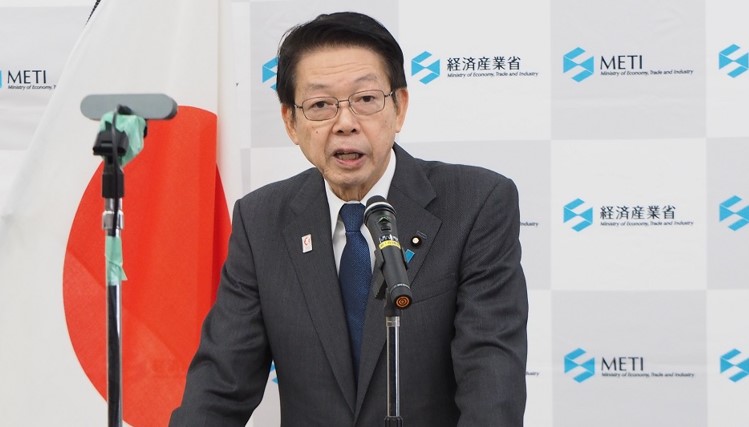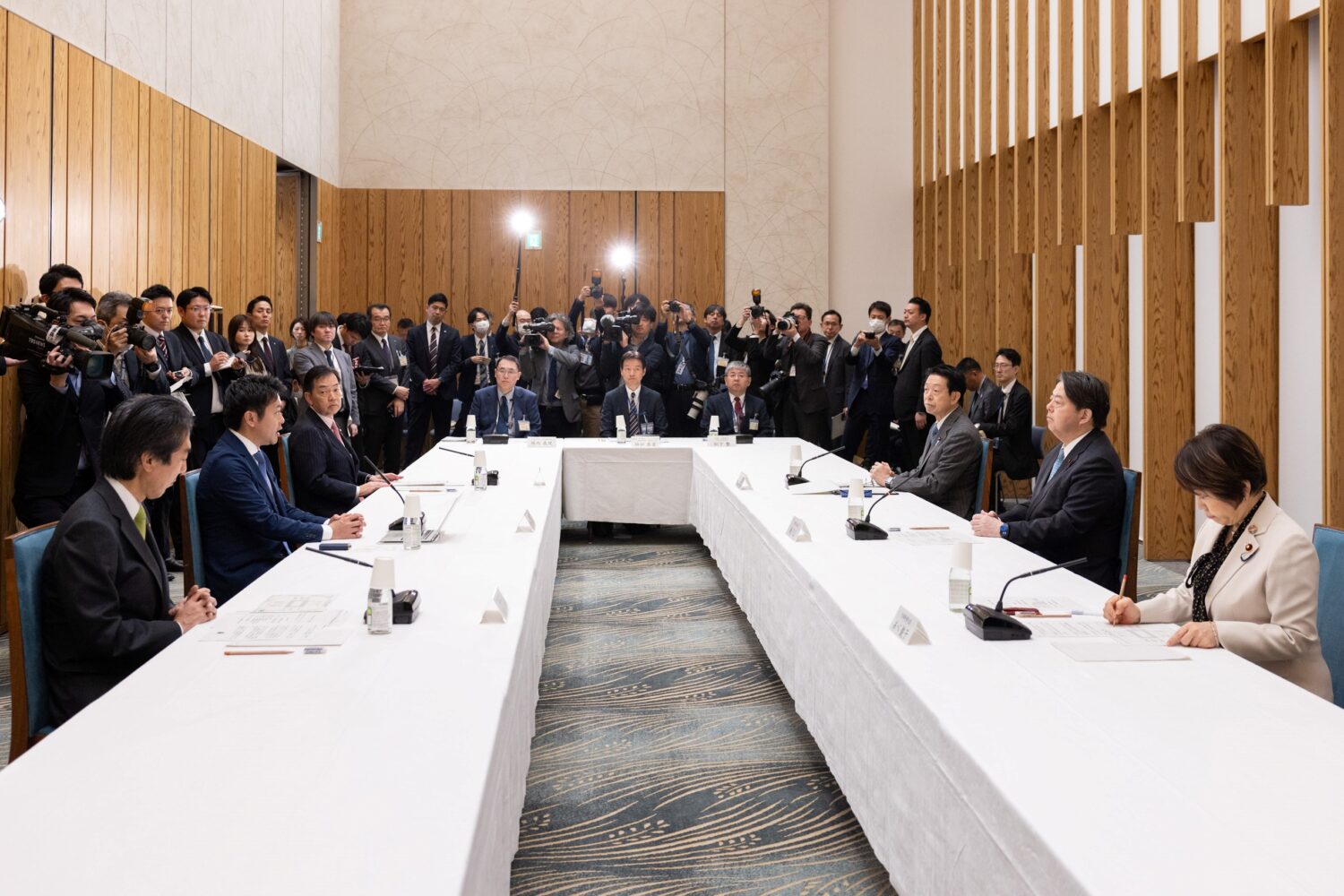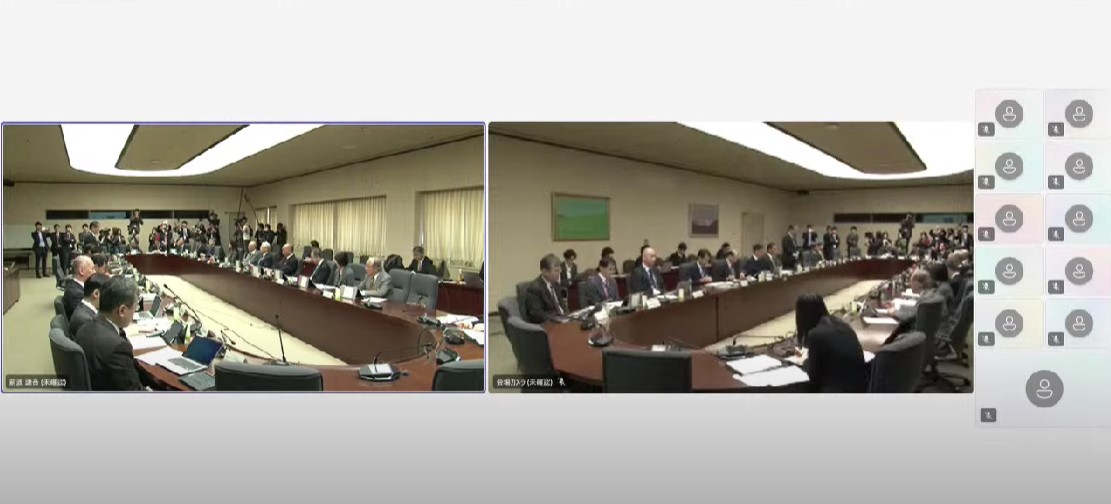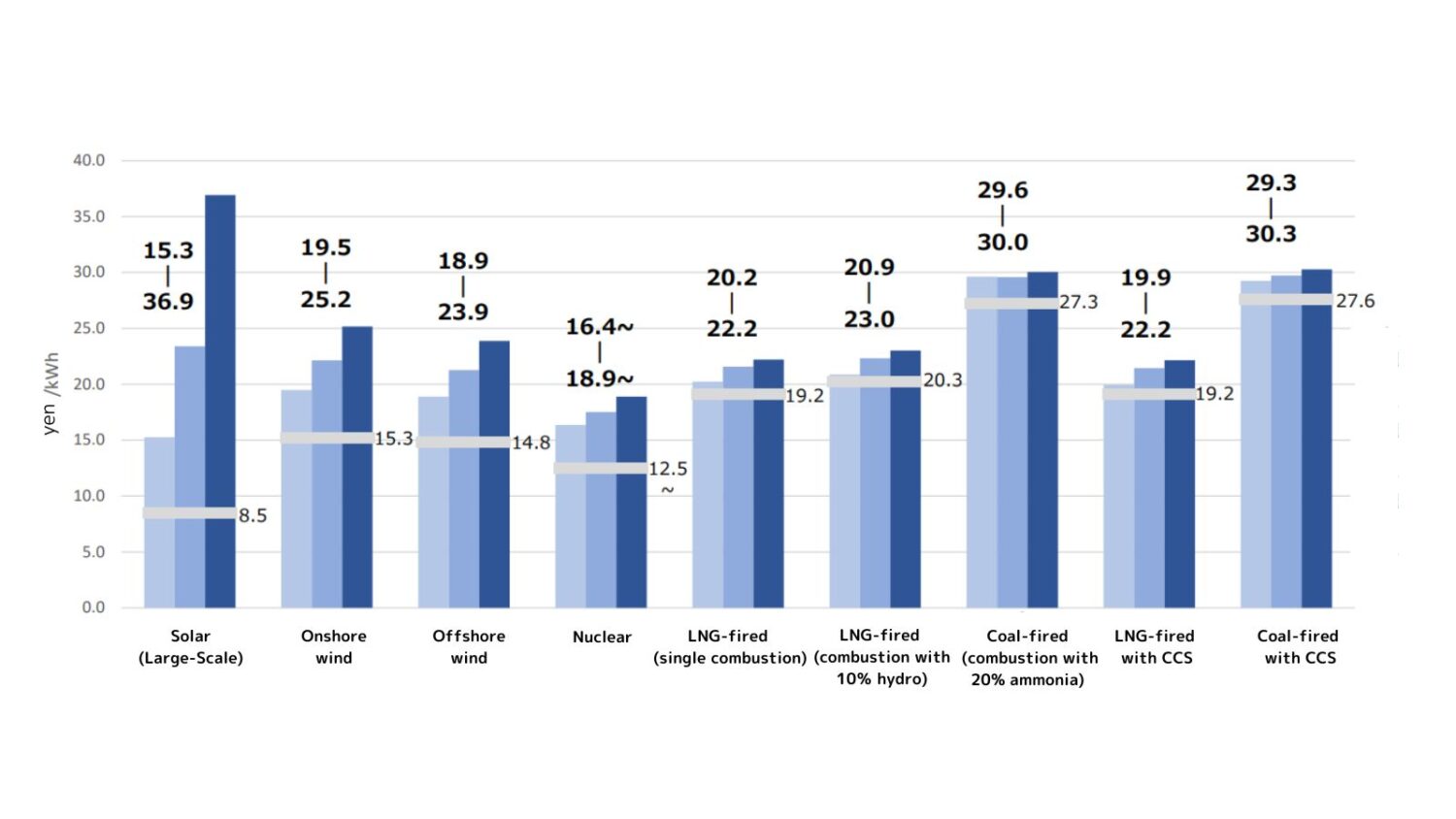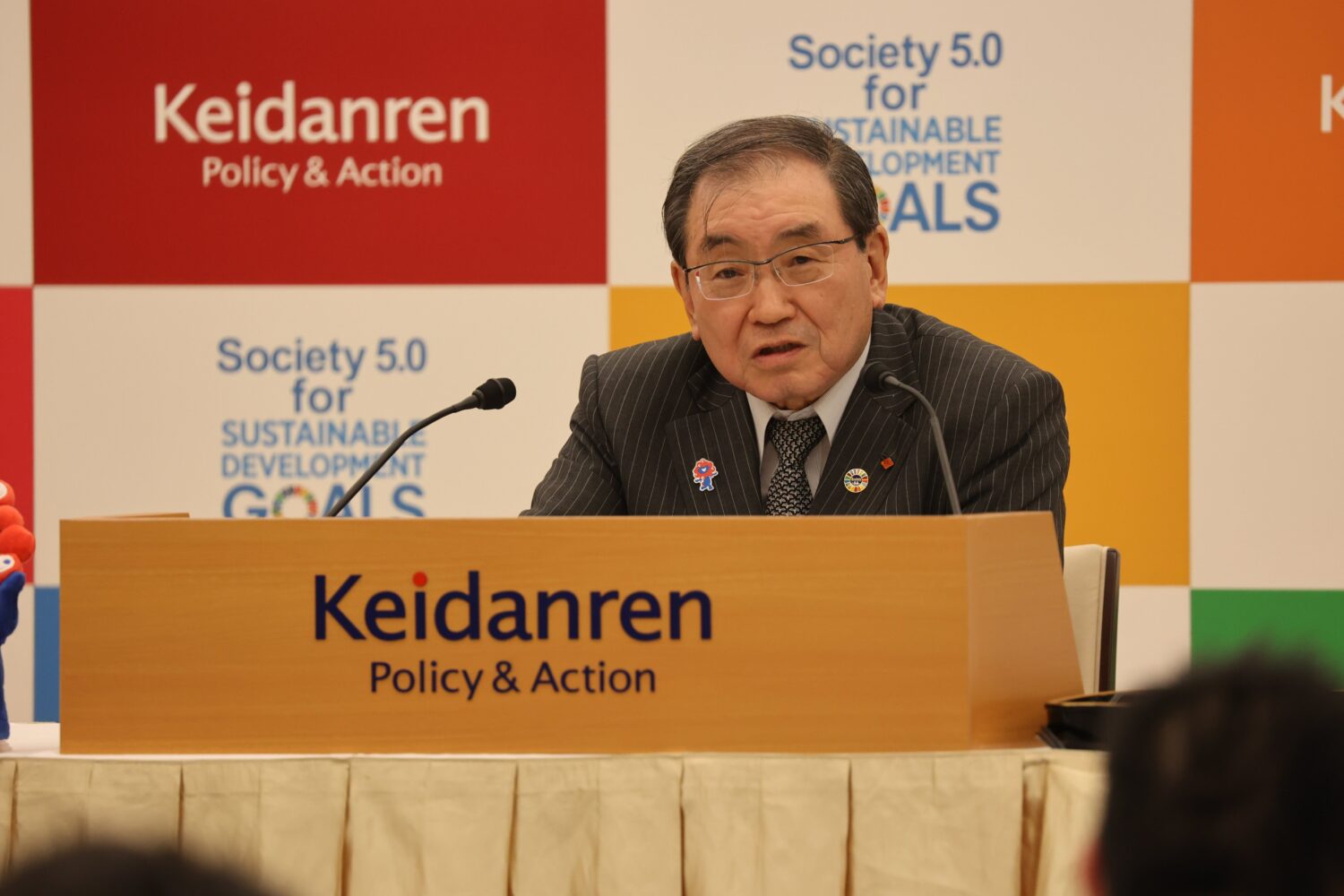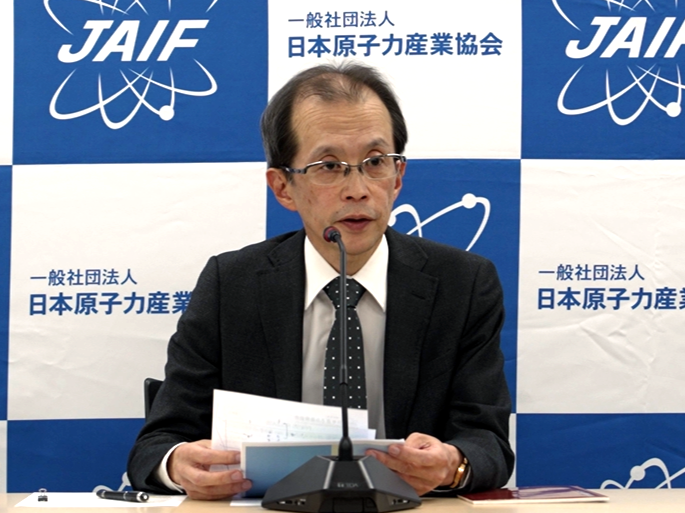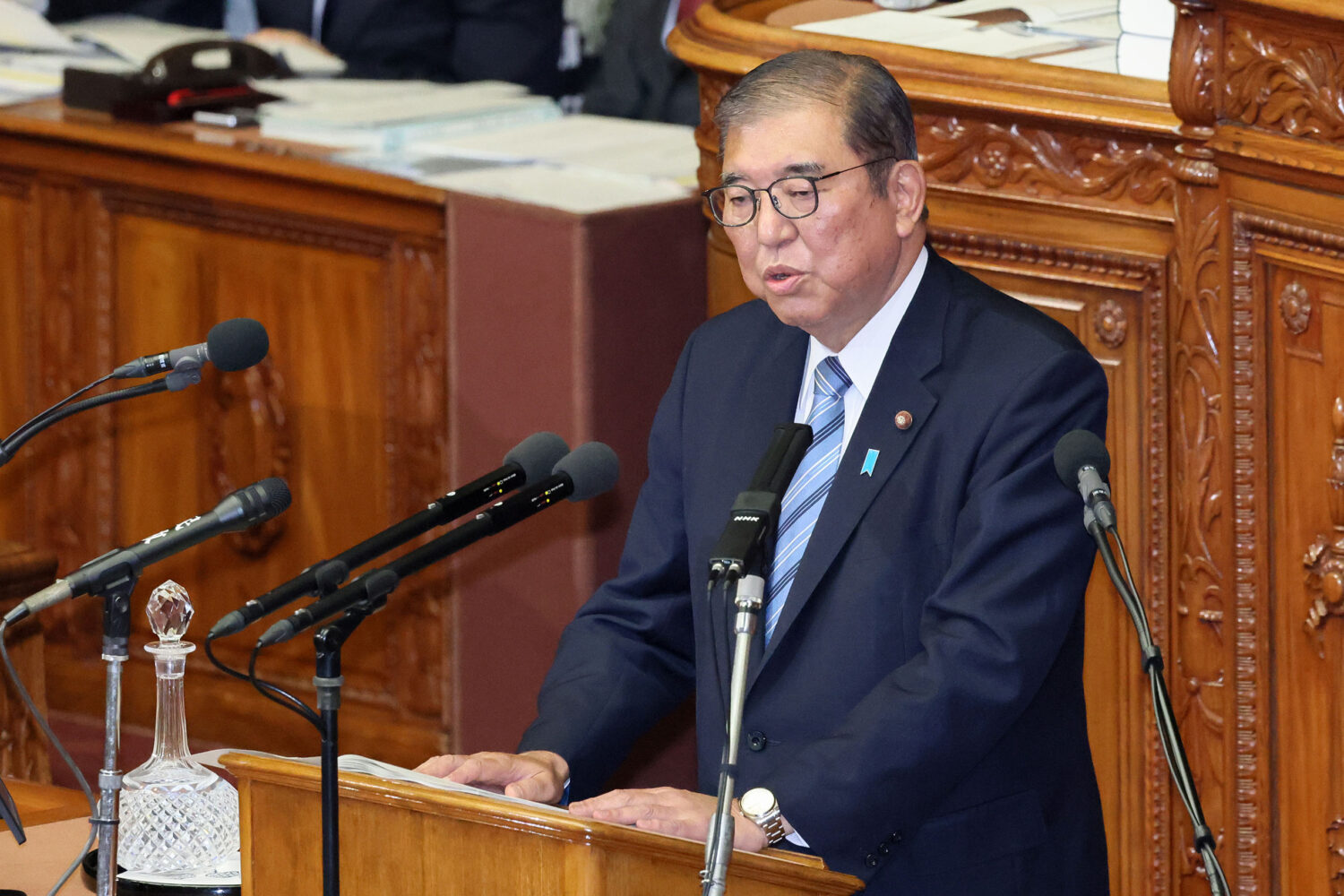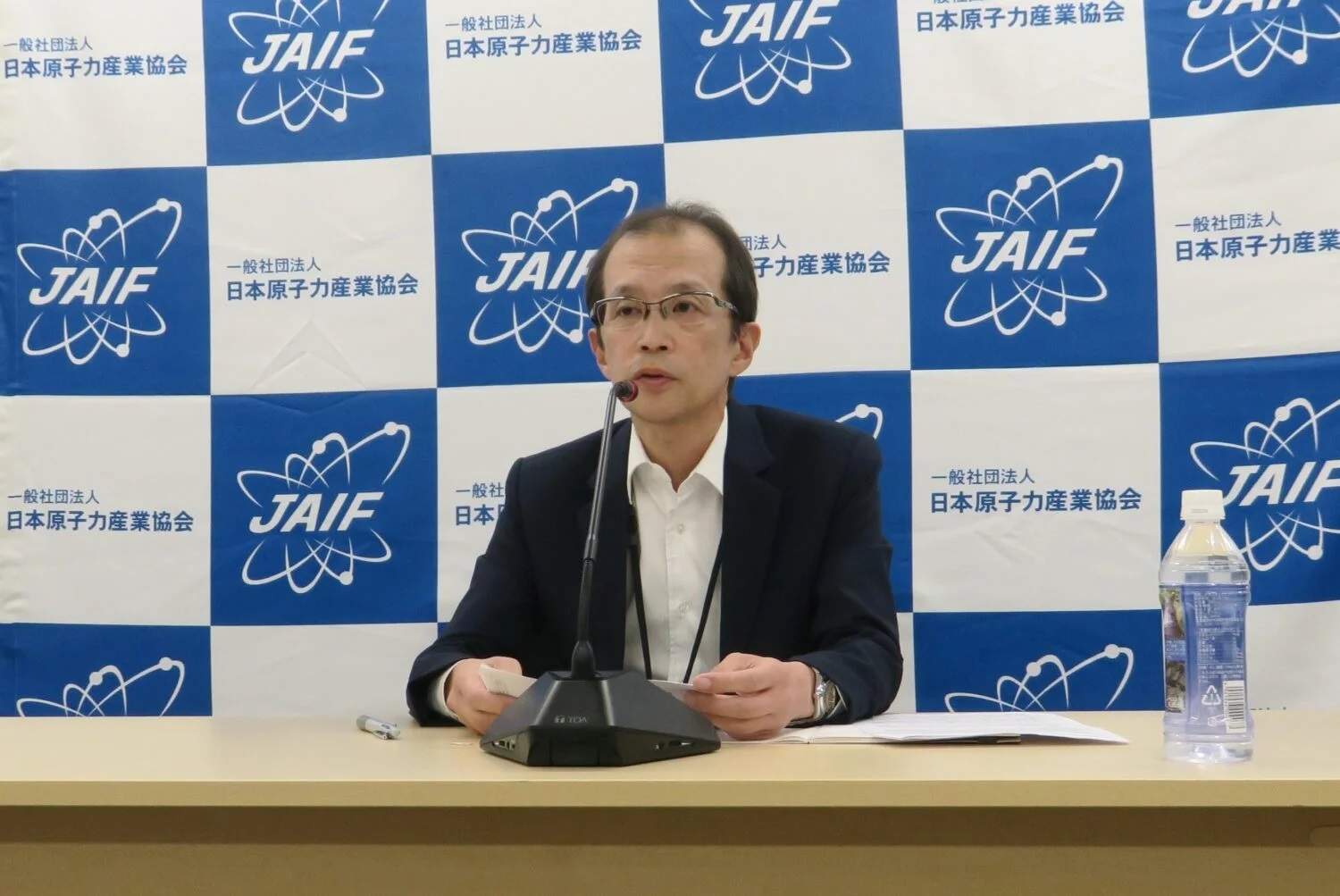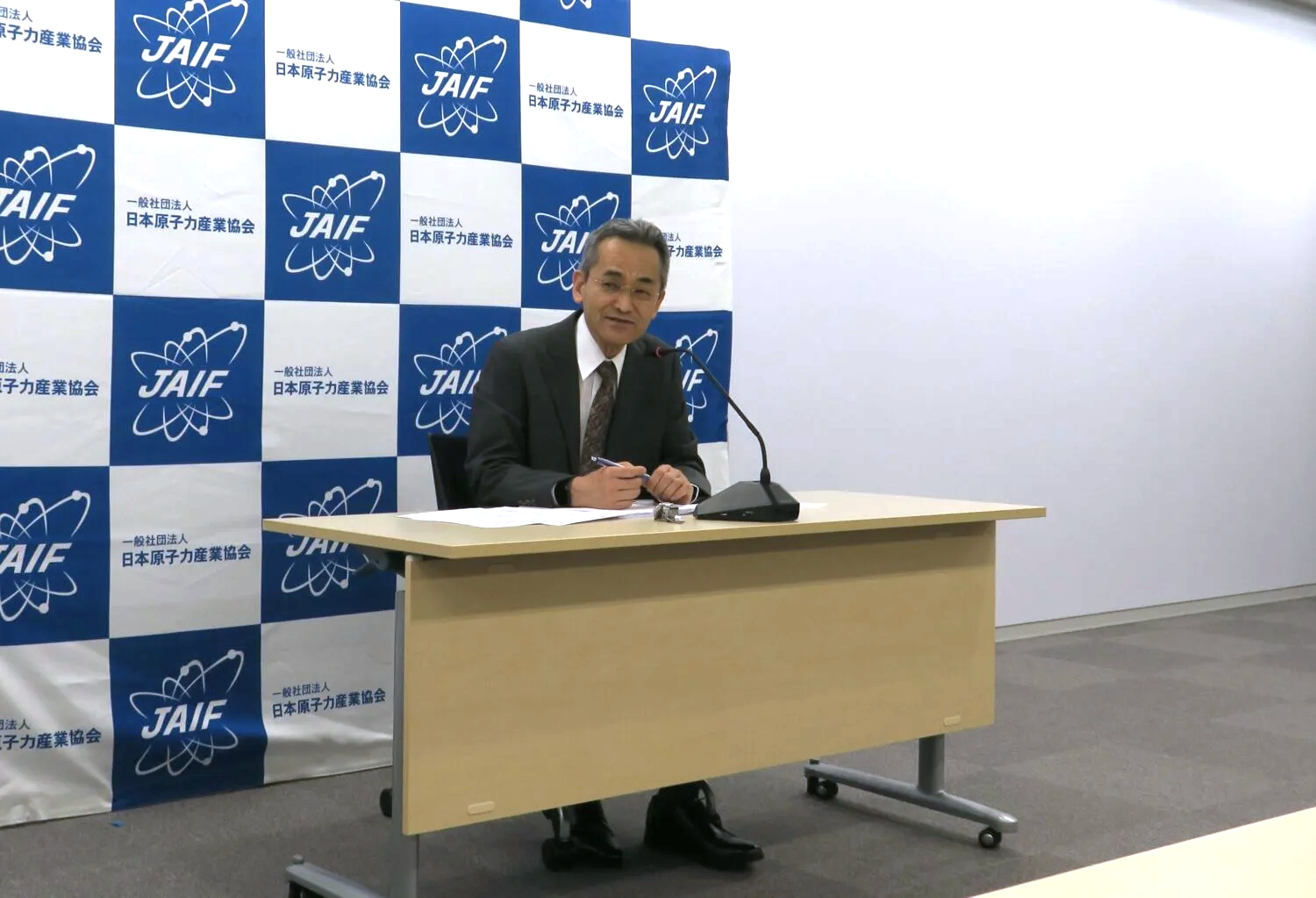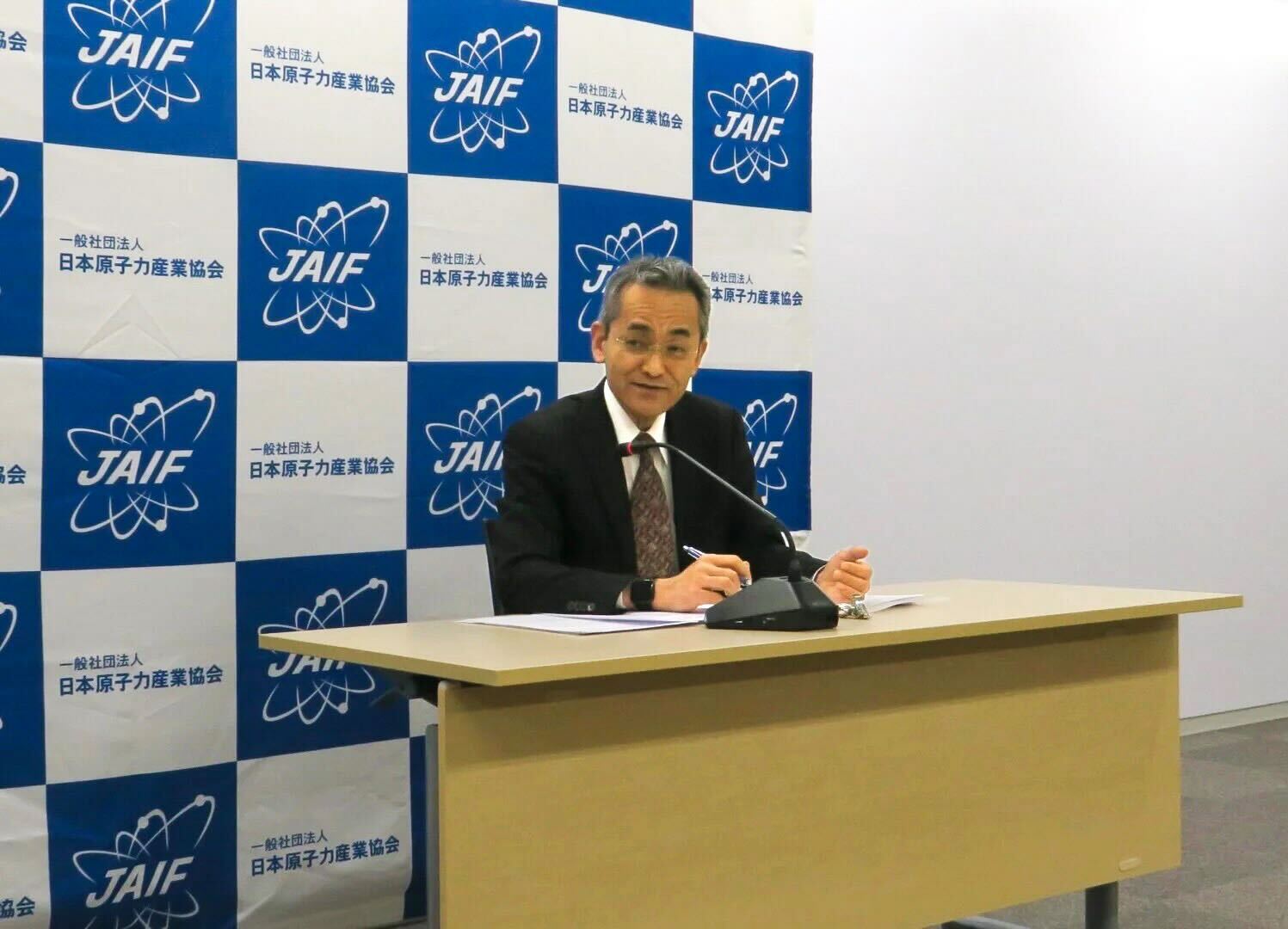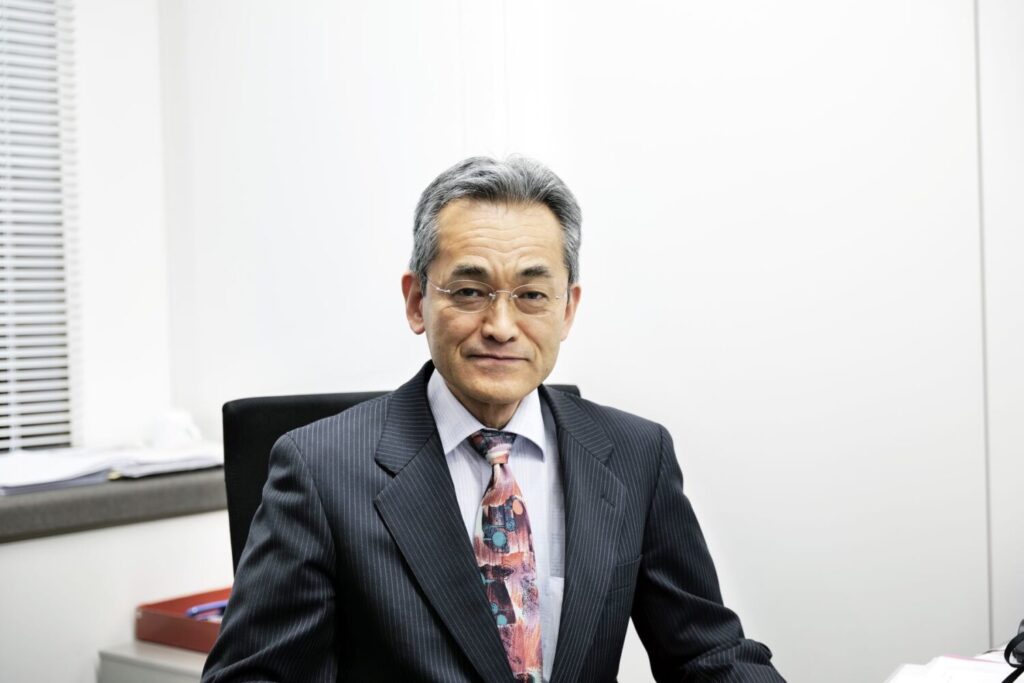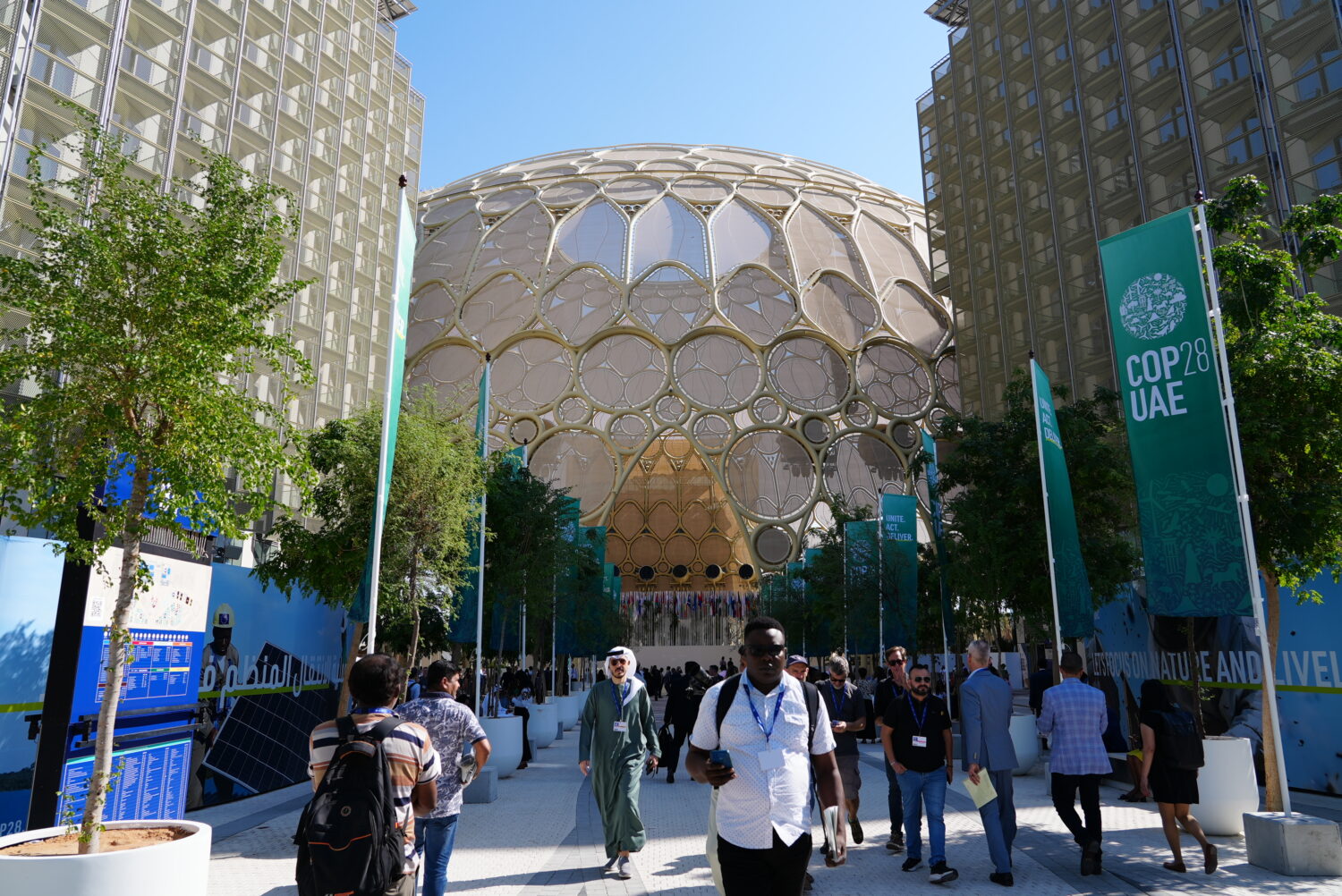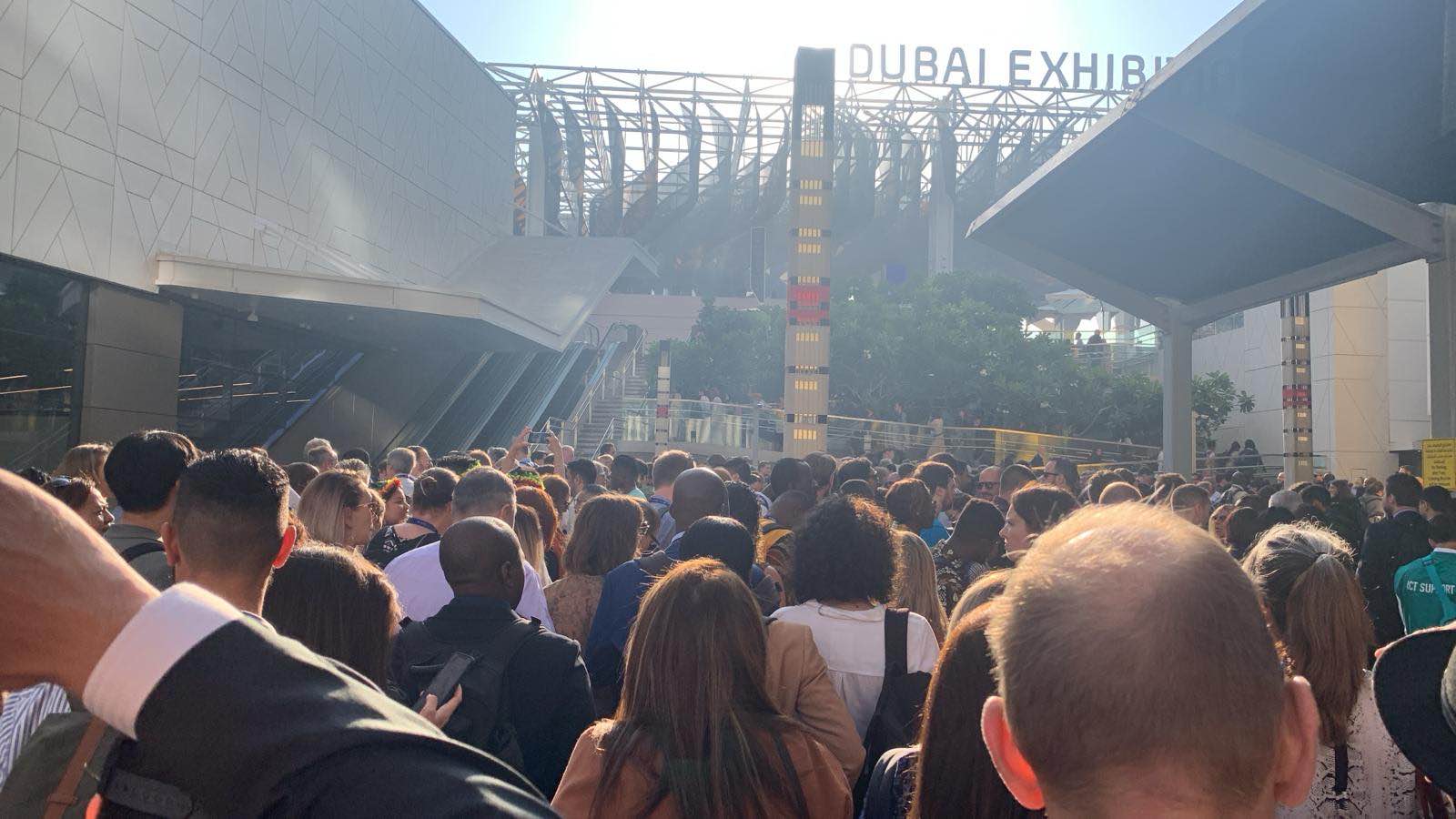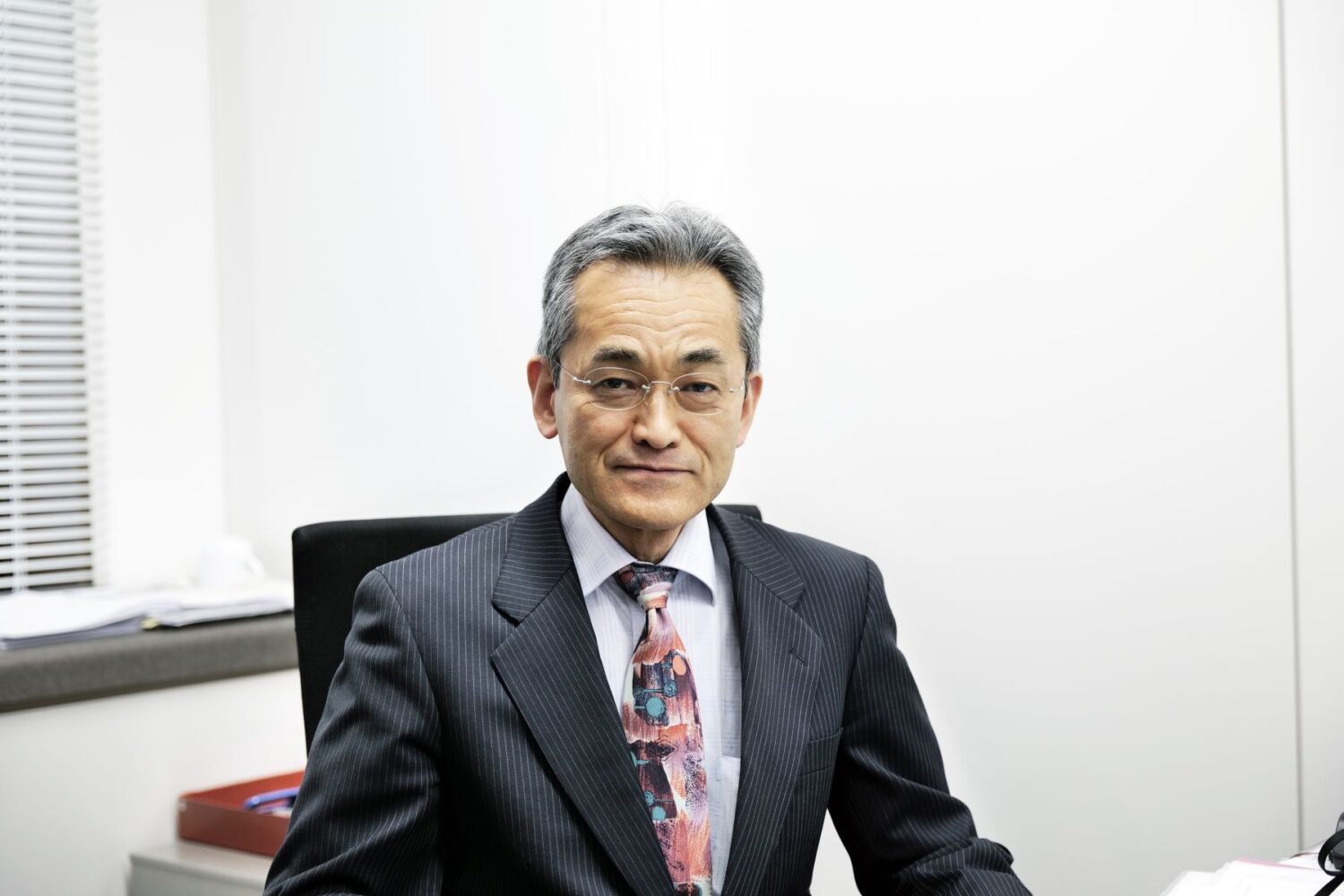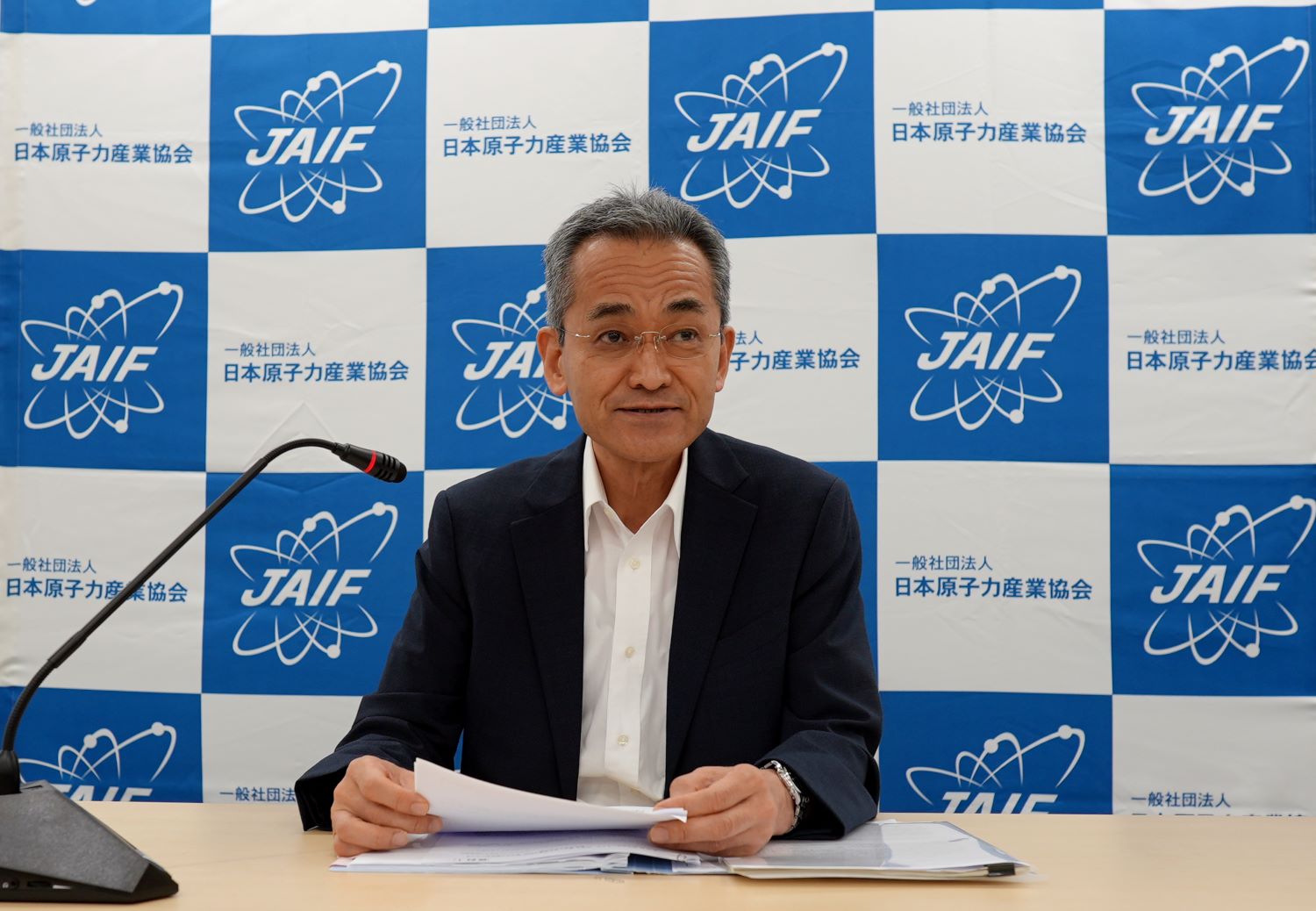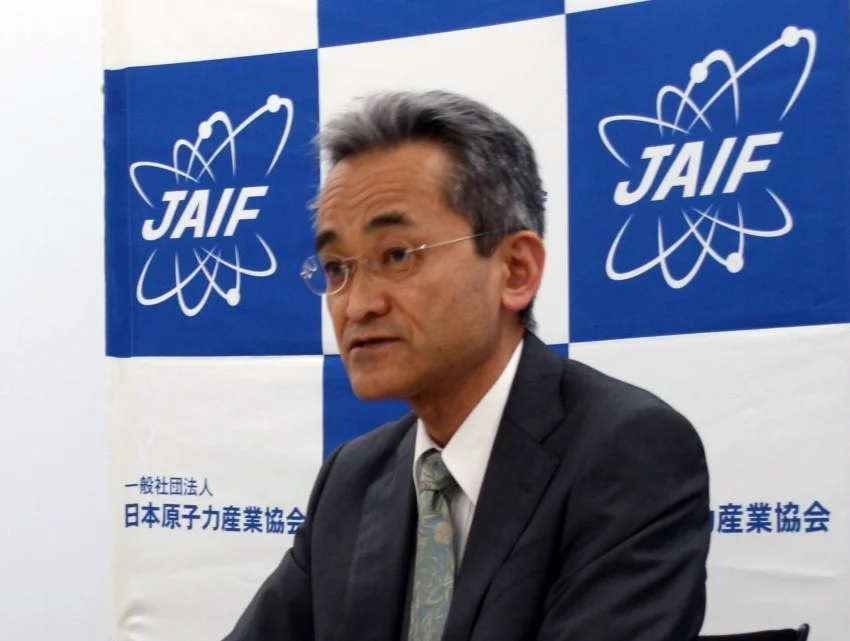On February 21, Masui released a message about the plan approved by the Cabinet, saying that he gave it high marks for having presented clear policy stances for each of the following areas:
- Maximum use of nuclear energy.
- Maximum use of existing nuclear reactors.
- Developing and installing next-generation reactors.
- Establishing an environment to improve the sustainable use of nuclear power.
Asked by the press what should be prioritized first under the plan, Masui spoke from the position of the nuclear industry when he cited the need for new construction projects aimed at maintaining and strengthening human resources and supply chains in the field.
Based on the outlook for domestic power supply and demand—which has been used to back up the energy plan—Masui emphasized that there was “not much time left until 2040, so prompt support from the government is a necessity.”
Currently, the number of restarted nuclear power plants in Japan reached 14 with the recent addition of two BWRs, the Onagawa-2 NPP of the Tohoku Electric Power Co. and the Shimane-2 NPP of the Chugoku Electric Power Co. Notably, on the previous day, February 27, the Tokyo Electric Power Co. (TEPCO) announced a delay in the construction of anti-terrorism facilities―referred to as “specified safety facilities”―at its Kashiwazaki Kariwa NPPs.
Regarding the slow pace of NPP restarts nationwide, President Masui cited four factors: (1) the examination period by the Nuclear Regulation Authority of Japan (NRA), (2) geological conditions, (3) design problems, and (4) the volume of work and numbers of workers.
The JAIF president also expressed confidence that much of domestic power demand could be met by restarting NPPs through agreements with local communities, basing his opinion on the Nuclear Industry Trends Report, published annually by JAIF, and the outlook for the domestic supply and demand of power through 2040.


